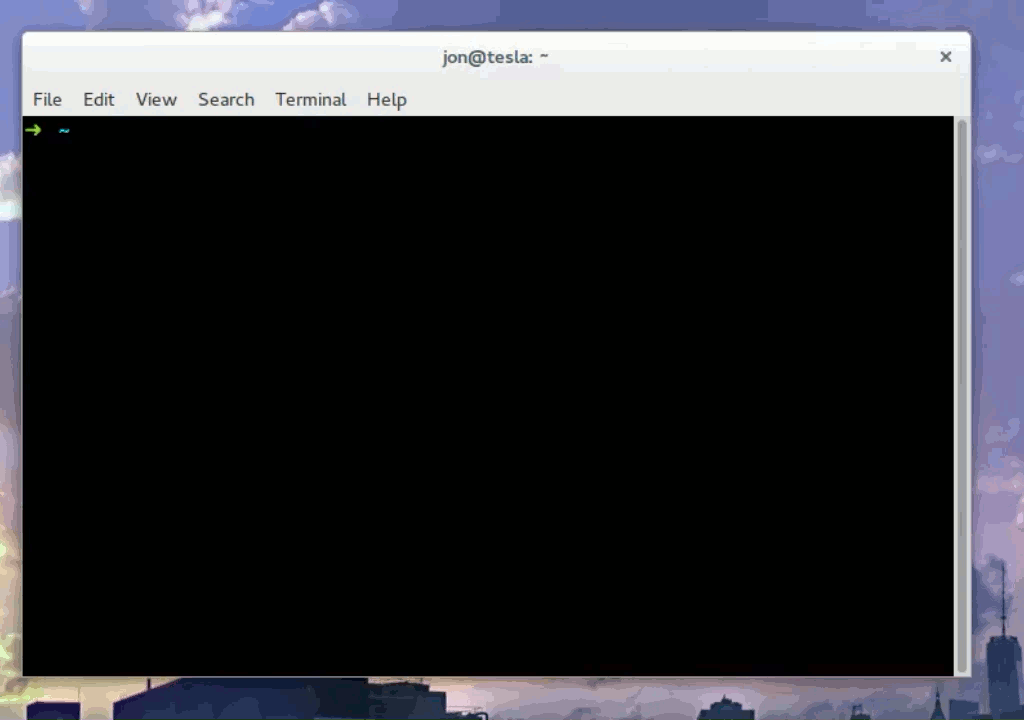Enabling Automatic Installation
To get a drupal environment to fully instantiate and enable, you must add to .terra.yml's hooks.
The app located at https://github.com/jonpugh/drupal-terra will be installed automatically upon environment enabling.
See https://github.com/jonpugh/drupal-terra/blob/master/.terra.yml for an example on how to get your app to install automatically.
You can watch this app have an environment created here: https://www.youtube.com/watch?v=nNvTiEUXqFE

Setting up a Drupal Site
How to get a drupal site running on Terra:
- Install Terra
-
Add your first "app" using the
terra app:addcommand.sh you@localhost:~$ terra app:add System name of your project? mysite Description? A cool site Source code repository URL? git@github.com:jonpugh/drupal.git Name: mysite Description: A cool site Repo: git@github.com:jonpugh/drupal.git App saved -
Add your first environment using the
terra environment:addcommand.sh you@localhost:~$ terra environment:add Which app? [0] mysite Environment Name: local Path: (/home/you/mysite/local) Cloning into '/home/jon/mysite/local'... * master On branch master Your branch is up-to-date with 'origin/master'. nothing to commit, working directory clean Environment saved to registry. -
Enable your environment using the
terra environment:enablecommand.```sh terra environment:enable Which app? [0] mysite
0 Which environment? [0] local 0 DOCKER > Creating mysitelocal_database_1... DOCKER > Creating mysitelocal_app_1... DOCKER > Creating mysitelocal_drush_1... Environment enabled! Available at http://localhost:32768 ```
Note: The first time you enable an environment, docker must download all of the images. This will take a few minutes depending on your connection.
-
Visit the URL for the environment. You will see the Drupal install page.
-
Prepare files folder and settings.php.
sh you@localhost:~$ terra environment:add you@localhost:~$ cd /home/you/mysite/local/sites/default you@localhost:~$ mkdir files you@localhost:~$ chmod 777 files you@localhost:~$ cp default.settings.php settings.php you@localhost:~$ chmod 777 settings.php7. Visit the URL for the environment and step through the install process.
When you get to the Database credentials page, enter the following credentials: -
Database: drupal
- Database User: drupal
- Database Password: drupal
- Database Host: database
When you hit Submit, the installer should run, and you should get a Drupal site!
Makefile Driven Development
Using Terra's build hooks, you can use makefile for your app.
See the repo at https://github.com/jonpugh/drupal-terra for an example.